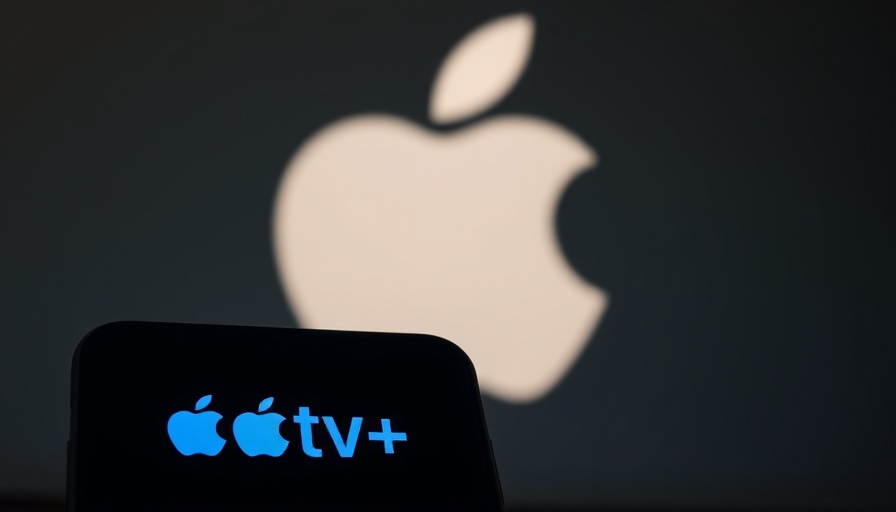
Unpacking Apple's Streaming Services: A Billion-Dollar Loss
Despite its reputation as a leader in technology and innovation, Apple is reportedly facing significant financial challenges with its streaming service, Apple TV+. Recent findings indicate that the company is losing more than $1 billion annually on the platform. Launched in 2019, Apple TV+ has yet to turn a profit, raising questions about its long-term viability in a fiercely competitive market.
The Cost of Content Creation
Since its inception, Apple has invested heavily in creating original content for Apple TV+, reportedly spending around $5 billion each year. However, faced with dwindling profitability, this expenditure was lowered to $4.5 billion in 2024. Such financial commitment highlights Apple’s ambition to establish a strong foothold in the streaming market, but despite hosting acclaimed shows like “Ted Lasso” and “Silo,” the service has failed to attract subscribers at a comparable rate to industry giants such as Netflix, Disney+, and Amazon Prime Video.
Subscriber Base Comparisons: The Numbers Don't Lie
While Apple refrains from disclosing exact subscriber counts, estimates suggest that Apple TV+ has approximately 45 million subscribers. For perspective, Netflix currently boasts over 301 million subscribers. This stark disparity paints a challenging picture for Apple as they navigate the competitive landscape of streaming services.
Examining the Competitive Landscape
The streaming arena is more crowded and competitive than ever. As companies like Disney+ and Amazon Prime carve out their niches, Apple’s lagging subscriber numbers present a significant obstacle. Additionally, the prior commitment to high-quality content does not guarantee an expanding viewer base. With platforms like Disney+ offering exclusive content that draws fans of popular franchises, Apple must strategize to better captivate its target audience.
Implications for Future Growth and Strategies
What does this mean for Apple moving forward? One path could be diversifying content offerings or re-evaluating pricing strategies. There is growing recognition among industry experts that Apple might consider bundling their streaming service with other products or services to increase subscriber numbers. Furthermore, strategic collaborations or partnerships may be on the horizon to revitalize their content portfolio.
Public Perception and Brand Loyalty
Despite the financial setbacks, Apple's established brand loyalty could play a crucial role in future growth. Consumers often have a positive perception of the Apple brand, and while they may not be flocking to Apple TV+ in droves, the company’s existing customer base could foster sustained interest. Addressing concerns through transparent communication about future content and offerings may buoy public interest and engagement.
Lessons Learned from Apple TV+
Apple’s experience with its streaming service underlines a vital lesson for tech companies: success is not guaranteed, even for industry leaders. It emphasizes the importance of not only investing in quality content but also understanding market dynamics and audience preferences. Continuing to adapt and innovate will be crucial for maintaining relevance in this evolving digital entertainment landscape.
Conclusion and Call to Action
Apple’s billion-dollar loss on its streaming service prompts both concern and curiosity about the future of Apple TV+. As the company pivots to address these challenges, stakeholders should closely monitor their strategic moves. For viewers and tech enthusiasts alike, engaging with Apple’s content and following trends in the tech industry could provide valuable insights into the shifting landscape of entertainment. Stay tuned for more tech updates, as the streaming saga unfolds.
 Add Row
Add Row  Add
Add 



Write A Comment